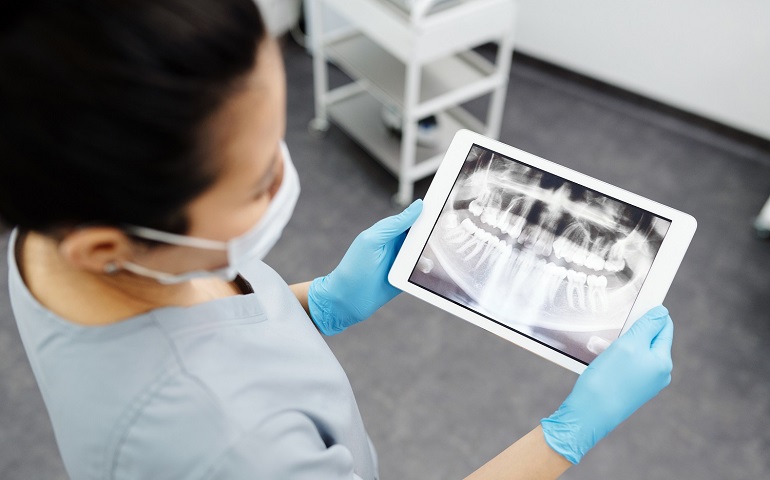Digital Dentistry

Digital dentistry has revolutionized the field of dentistry, enabling dental professionals to provide patients with more precise and efficient care. In recent years, there have been several advancements in digital dentistry that have improved the quality of care and patient outcomes. In this article, we will discuss the latest advancements in digital dentistry.
3D Printing
One of the most significant advancements in digital dentistry is 3D printing technology. 3D printing allows dental professionals to create customized dental prosthetics, such as crowns, bridges, and dentures, with a high degree of precision and accuracy. With 3D printing, dental labs can produce dental restorations faster, more accurately, and at a lower cost than traditional manufacturing methods. This technology has also enabled the development of clear aligners, such as Invisalign, which can be customized to fit a patient’s teeth perfectly.
Intraoral Scanning
Intraoral scanning is another digital dentistry advancement that has made a significant impact on the field. Intraoral scanners can capture detailed, 3D images of a patient’s teeth and gums, which can be used to create digital models for dental restorations. Intraoral scanners eliminate the need for traditional dental impressions, which can be uncomfortable for patients and often result in inaccurate impressions. In addition to improving the accuracy of dental restorations, intraoral scanners also enable dentists to monitor the progress of orthodontic treatments more effectively.
Computer-Aided Design and Computer-Aided Manufacturing (CAD/CAM)
CAD/CAM technology has been used in dentistry for several years, but recent advancements have made this technology even more precise and efficient. With CAD/CAM, dental professionals can design and manufacture dental restorations, such as crowns and bridges, in-house, using computer-controlled milling machines. This eliminates the need for traditional impressions and reduces the time required to produce dental restorations.
Cone Beam Computed Tomography (CBCT)
CBCT is a type of imaging technology that provides detailed, 3D images of a patient’s teeth, gums, and jawbone. CBCT is particularly useful in implant dentistry, as it allows dental professionals to accurately plan implant placement and assess the patient’s bone density and anatomy. CBCT imaging can also be used to diagnose and treat conditions such as temporomandibular joint (TMJ) disorders, impacted teeth, and facial trauma.
Augmented Reality (AR)
Augmented reality technology has been used in dentistry to help patients visualize the potential outcome of dental treatments. With AR, patients can see how their teeth will look after a dental restoration or orthodontic treatment, which can help them make more informed decisions about their dental care. AR technology can also be used during dental procedures to provide dentists with real-time information about a patient’s teeth and gums.
In conclusion, digital dentistry has come a long way in recent years, and advancements in technology have greatly improved the quality of care that dental professionals can provide to their patients. From 3D printing to intraoral scanning, CAD/CAM, CBCT, and AR, these technologies have transformed the field of dentistry, enabling dental professionals to provide more precise, efficient, and personalized care. As technology continues to evolve, we can expect to see even more exciting advancements in digital dentistry in the future.